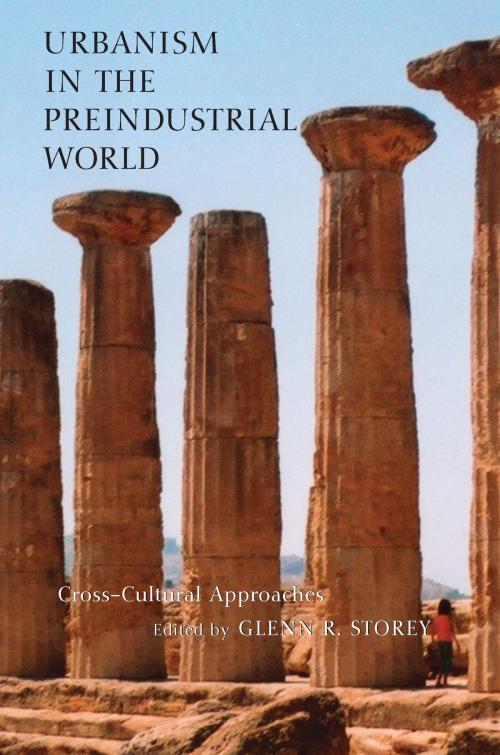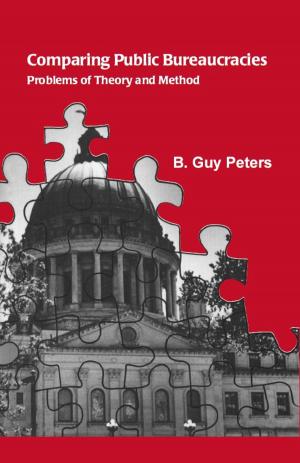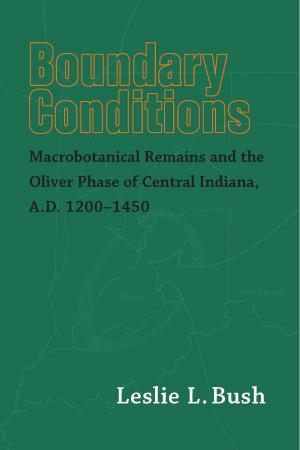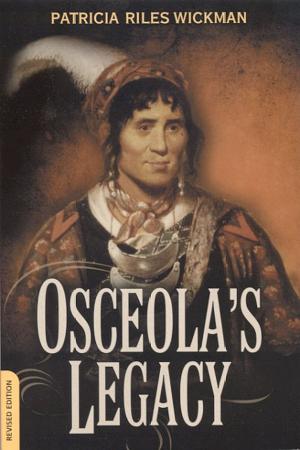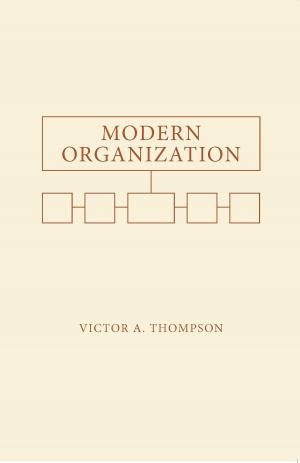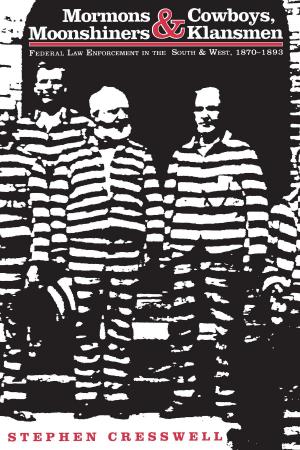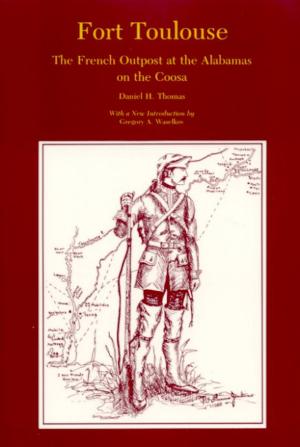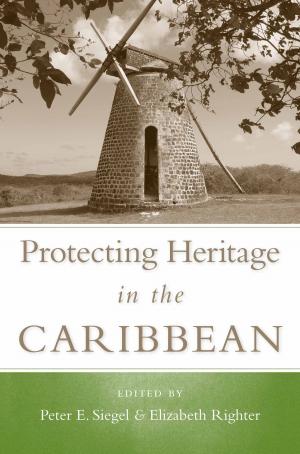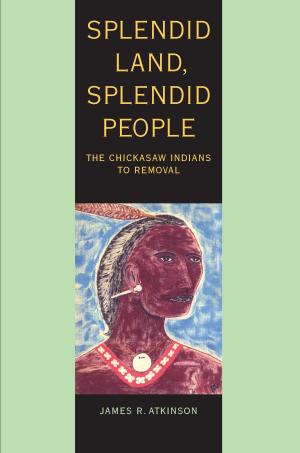Urbanism in the Preindustrial World
Cross-Cultural Approaches
Nonfiction, Social & Cultural Studies, Social Science, Archaeology, Anthropology| Author: | Rebecca Storey, Li Liu, Sarah M. Nelson, Glenn Storey, Roger S. Bagnall, Deborah E. Blom, Jesper L. Boldsen, Elio Lo Cascio, L. J. Gorenflo, Babatunde Agbaje Williams, Laura Lee Junker, Chapurukha Kusimba, Sibel Barut Kusimba, Ian Morris, Deborah L. Nichols, Hans Christian Petersen, Richard R. Paine, Don S. Rice, Nan A. Rothschild, Brent D. Shaw, David B. Small, John Wayne Janusek | ISBN: | 9780817380977 |
| Publisher: | University of Alabama Press | Publication: | January 7, 2009 |
| Imprint: | University Alabama Press | Language: | English |
| Author: | Rebecca Storey, Li Liu, Sarah M. Nelson, Glenn Storey, Roger S. Bagnall, Deborah E. Blom, Jesper L. Boldsen, Elio Lo Cascio, L. J. Gorenflo, Babatunde Agbaje Williams, Laura Lee Junker, Chapurukha Kusimba, Sibel Barut Kusimba, Ian Morris, Deborah L. Nichols, Hans Christian Petersen, Richard R. Paine, Don S. Rice, Nan A. Rothschild, Brent D. Shaw, David B. Small, John Wayne Janusek |
| ISBN: | 9780817380977 |
| Publisher: | University of Alabama Press |
| Publication: | January 7, 2009 |
| Imprint: | University Alabama Press |
| Language: | English |
A baseline study of the growth of preindustrial cities worldwide.
This work employs a subset of preindustrial cities on many continents to answer questions archaeologists grapple with concerning the populating and growth of cities before industrialization. It further explores how scholars differently conceive and execute their research on the population of cities. The subject cities are in Greece, Mesoamerica, the Andes, Italy, Egypt, Africa, United States, Denmark, and China. This broad sample provides a useful framework for answers to such questions as “Why did people agglomerate into cities?” and “What population size and what age of endurance constitute a city?”
The study covers more than population magnitude and population makeup, the two major frameworks of urban demography. The contributors combine their archaeological and historical expertise to reveal commonalities, as well as theoretical extrapolations and methodological approaches, at work here and outside the sample.
Urbanism in the Preindustrial World is a unique study revealing the variety of factors involved in the coalescing and dispersal of populations in preindustrial times.
A baseline study of the growth of preindustrial cities worldwide.
This work employs a subset of preindustrial cities on many continents to answer questions archaeologists grapple with concerning the populating and growth of cities before industrialization. It further explores how scholars differently conceive and execute their research on the population of cities. The subject cities are in Greece, Mesoamerica, the Andes, Italy, Egypt, Africa, United States, Denmark, and China. This broad sample provides a useful framework for answers to such questions as “Why did people agglomerate into cities?” and “What population size and what age of endurance constitute a city?”
The study covers more than population magnitude and population makeup, the two major frameworks of urban demography. The contributors combine their archaeological and historical expertise to reveal commonalities, as well as theoretical extrapolations and methodological approaches, at work here and outside the sample.
Urbanism in the Preindustrial World is a unique study revealing the variety of factors involved in the coalescing and dispersal of populations in preindustrial times.
